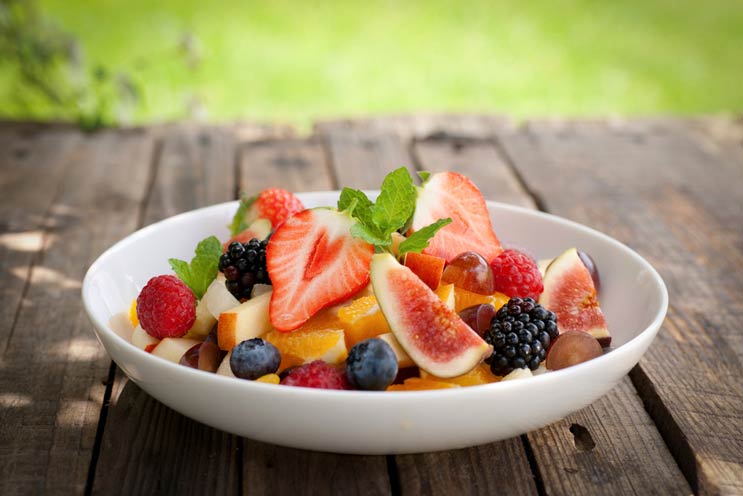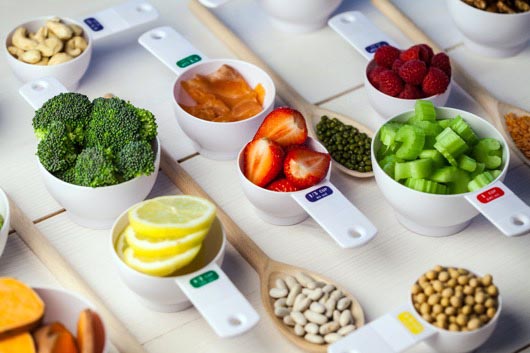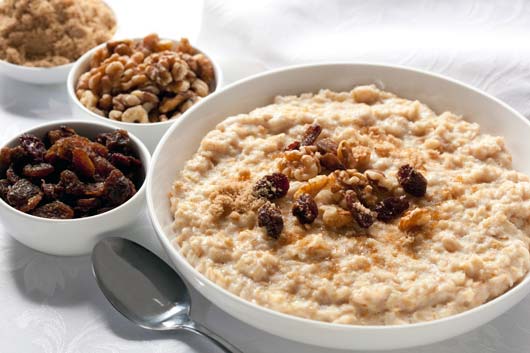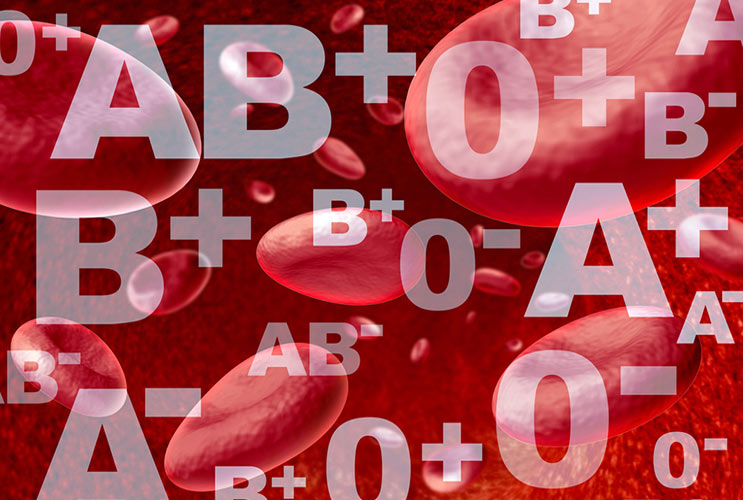
There’s a lot to consider about how you eat and what you eat; you have to take into account your taste, your body type, your surroundings, your level of physical activity and your current health situation, among other things. But we’re willing to bet that you don’t typically think about how to eat right for your blood type. Are we right? It’s OK, most people don’t even know their blood type, let alone know what that blood type means for their diet. And it’s not just important to know your blood type in regards to what you eat. It’s crucial to your everyday well being and maybe even your life that you are familiar with your blood type.

If you can travel back in time to science class from your youth, you might remember there are 4 blood types: type A, type B, type AB and type O. Each blood type is unique in more ways than one, and those qualities come into play every day, not just if you choose to donate blood or you (heaven forbid) need a blood transfusion. It’s also important that you know your blood type so that you can understand how your body works and ensure you are properly caring for your body from a diet perspective. Just ask Dr. Peter D’Adamo, N.D., naturopathic physician and author of The Blood Type Diet. He argues that “food fads come and go, but the facts are clear: everyone does not have the same basic nutritional needs. We all know someone who is a strict vegetarian and thrives on that diet, while others swear by Atkins or similar low-carb plans. I’ve found that your nutritional needs can be determined by your blood type.”
Read Related: True Blood: 10 Reasons Why You Should Know Your Blood Type
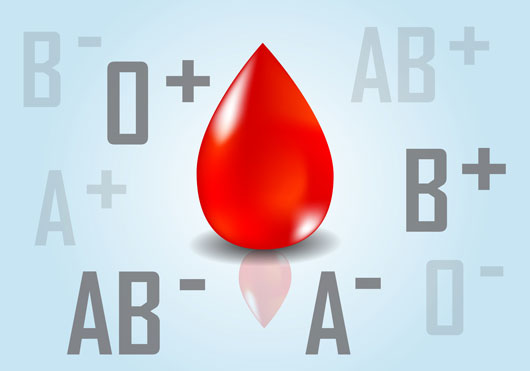
The idea to eat right for your blood type certainly makes sense. Your blood is what keeps your body functioning, what delivers nutrients and oxygen to all of your muscles and organs, and what keeps you alive. So it should come as no surprise that your blood, which is so important to your well being, also dictate the kinds of foods that will keep you healthy, energized, and functioning at maximum capacity. Dr. D’Adamo explains, “Knowing your blood type is an important tool for understanding how your body reacts to food, your susceptibility to disease, your natural reaction to stress, how you age, and so much more.” He continues to say that “a single drop of blood contains a biochemical makeup as unique to you as your fingerprint…your blood type acts as a navigation tool and helps you sort through the reams of research and conflicting studies about what is good and bad for you to develop an individualized, personalized health plan based on your unique, genetic makeup.”
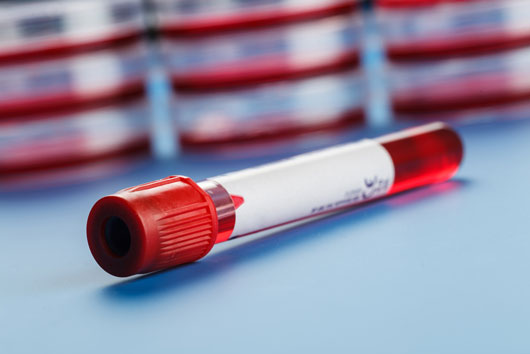
After trying countless diets and specific (and often painfully unsatisfying) eating plans that never stick and never work, perhaps eating for your blood type might be the missing piece to your health and wellness puzzle.
So where do you begin. Well, first you need to know your blood type. Duh. A simple blood test at your doctor can tell you that key information. Next, you need to know which foods are most crucial for you based on your type. For example, if you are Type A then you should avoid red meat at all costs, because it can be toxic to you. Your diet should consist of mostly plant-based foods. Type B can eat some dairy and some red meats (but no chicken or pork) in addition to produce, but they should avoid wheat. Type AB should eat more seafood, tofu and beans but avoid beef and chicken. And Type O will be best served with a diet rich in protein from meat, fish and poultry but should limit grains and dairy. Of course, we’re simplifying the diet rules a bit, but you get the idea. The dietary restrictions are very different and catered to each blood type based on how you process foods and the nutrients you need most for your body.

So now onto the real question: does the diet work? It’s hard to say. There are still a lot of questions about the validity of this diet, and not that many scientific studies to substantiate the claims Dr. D’Adamo make in his book. But if you look closely at the suggestions, many of them are based on eating fresh, healthy foods that aren’t processed and aren’t junk food. So, it’s most likely a step in the right direction for a lot of people. That said, there are some potential issues with this blood type diet. As Dr. Oz reports, according to Leslie Bonci, MPH, RD, CSSD, LDNM Director of Sports Nutrition University of Pittsburgh Medical Center and Co-author of Run Your Butt Off and The Active Calorie Diet, “the diet may be too low in particular nutrients, especially calcium for those groups that are told to limit dairy; or protein, especially for Type As that are not soy eaters; and potentially low in fiber in those types that are not to consume beans or lentils or grains.” And above all, the diet needs to be something that fits with your lifestyle so that you stick to it and don’t feel too deprived or unsatisfied. Bonci continues to say, “if an eating plan is too restrictive, too confusing, too expensive, or the food is not readily available, it isn’t going to work!” So take this advice with a grain of salt and listen to your body, always.

